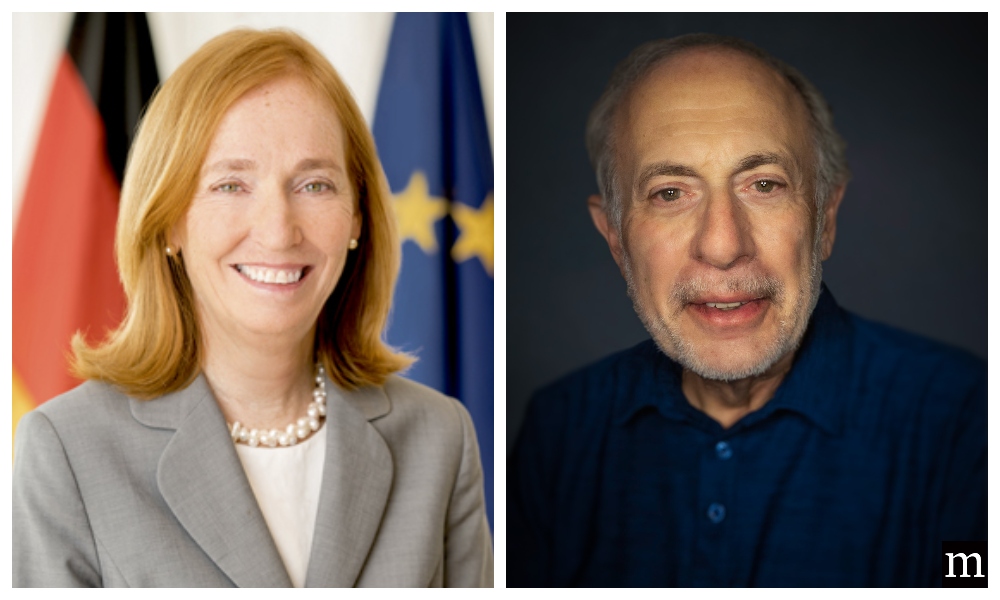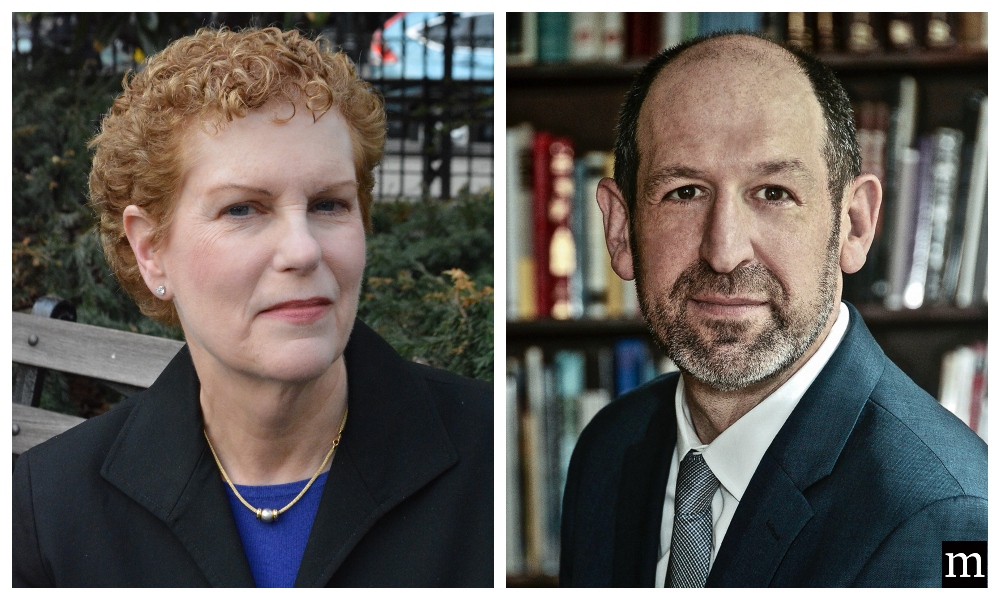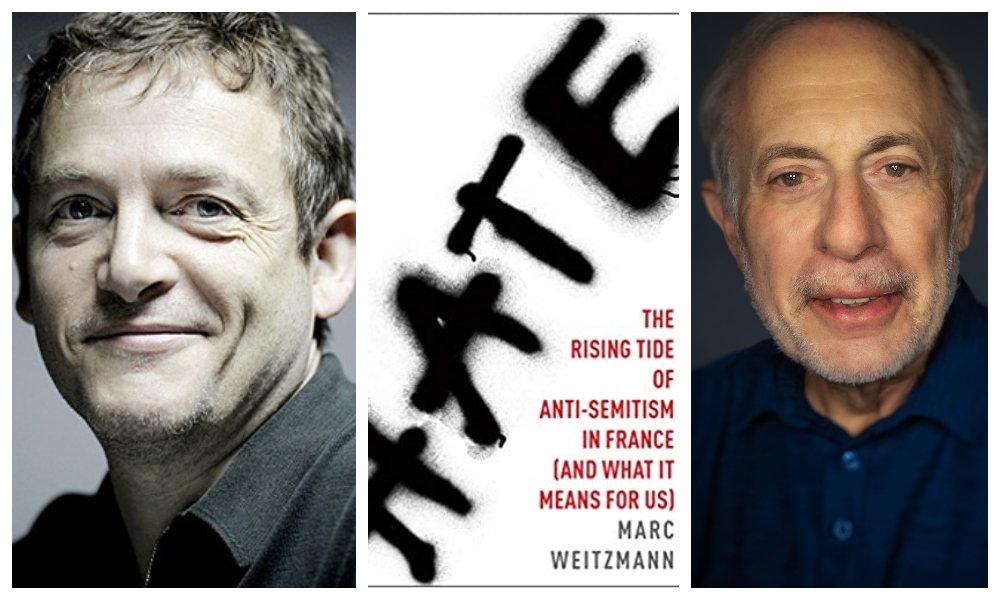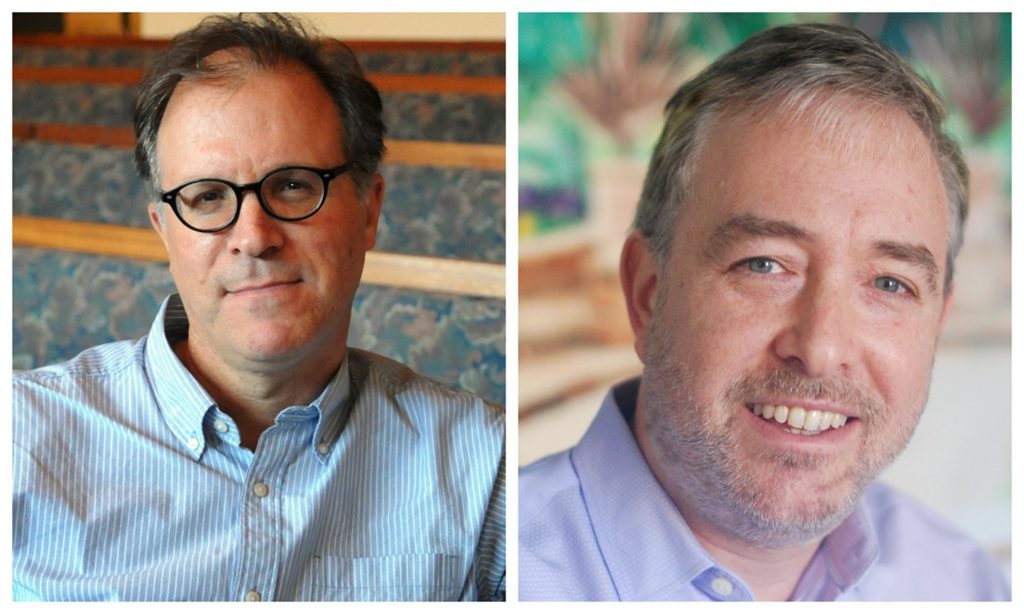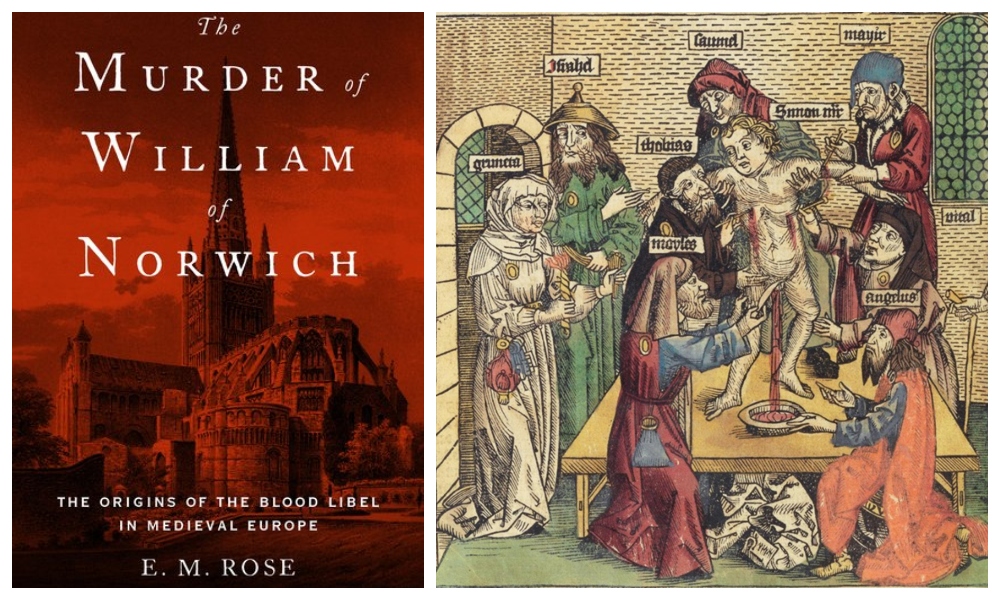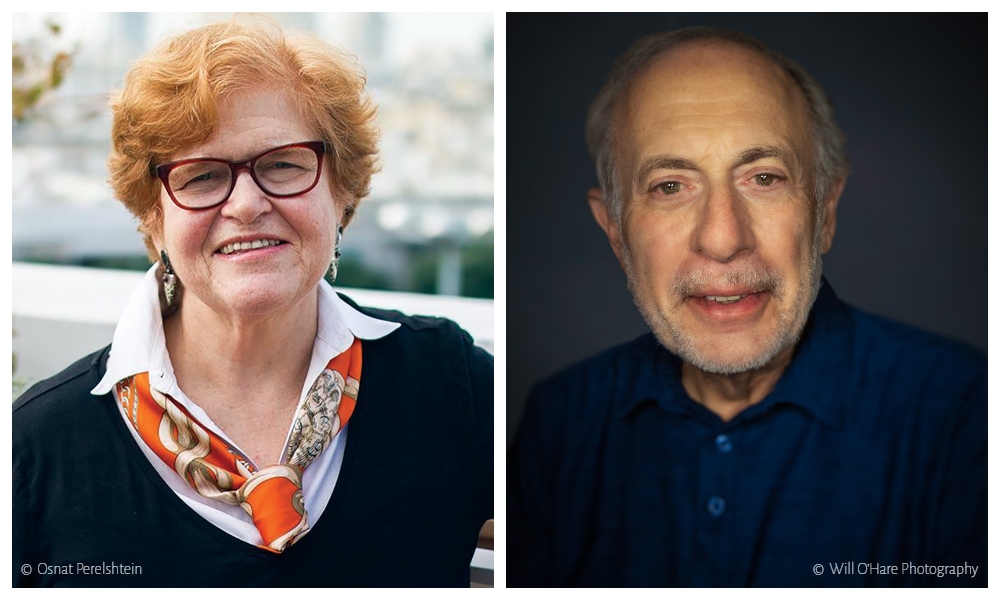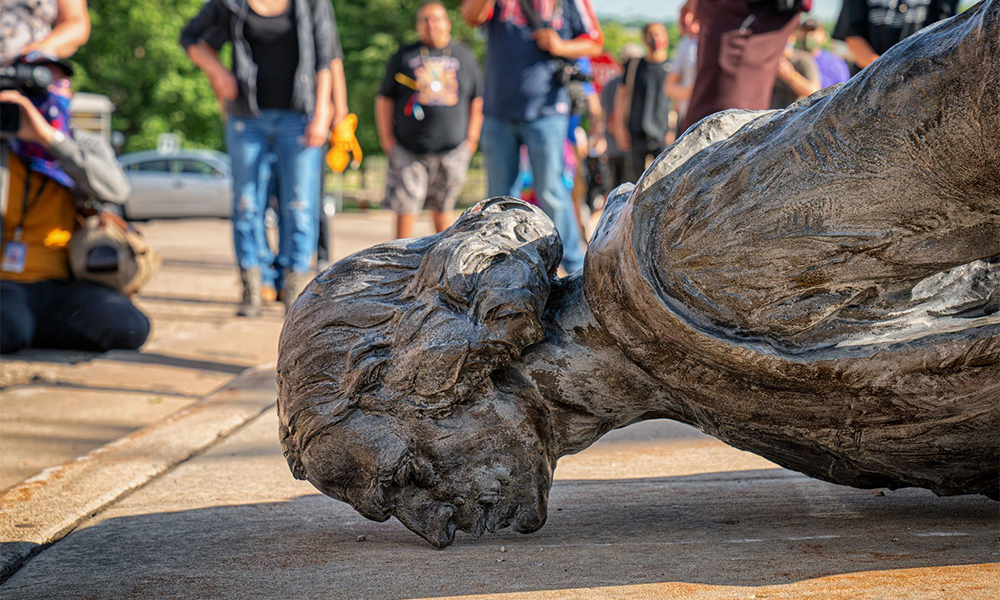Paul Nehlen is preparing to challenge Paul Ryan for his U.S. House seat in Wisconsin’s 1st District for the second time in August. He is best known for his white nationalist and anti-Semitic views: “Pro-white isn’t white supremacy unless pro-Jewish is Jewish supremacy,” he texted a Washington Post reporter in late 2017. When he appeared on former Ku Klux Klan leader David Duke’s podcast in January, he proclaimed that “Jews control the media.”
Arthur Jones, a Holocaust denier, has secured the Republican nomination for Illinois’ 3rd District, receiving over 20,000 votes. His campaign website has a page titled “Holocaust?” which calls the Holocaust “the biggest, blackest lie in history.”
Neither man has more than an outside chance of winning. Both have faced backlash for their views and have been promptly denounced by the Republican party. Breitbart even dropped its support of Nehlen’s candidacy in December after his anti-Semitic tweets started getting attention. In February he was suspended from Twitter for a racist tweet attacking Meghan Markle.
Still, the national media has given these stories more attention than many of the competitive House races for 2018. CNN’s Jake Tapper interacted with Nehlen’s tweets in front of his 1.6 million followers, and MSNBC had Jones’ candidacy listed as one of its top stories the Monday after he announced he was running. According to Mark Pitcavage, a senior research fellow at the Anti-Defamation League, “there is no way to quantify the effects of coverage of extremists.” But despite no data on how giving press to extremists influences the public, the issue has still become quite controversial.
These stories have become mainstream in the wake of the contentious 2016 presidential election, where the media has been criticized for its role in the ascendancy of Donald Trump and the so-called alt-right. While Trump’s campaign was undeniably newsworthy, many networks and newspapers offered him unprecedented amounts of coverage to voice his controversial views. According to media analytics company MediaQuant, Trump received nearly $5 billion of free media coverage, about $2 billion more than Hillary Clinton. The media “actually spread news of the alt-right far and wide in circles that would have otherwise never heard about [it],” says Pitcavage. “That helped actually grow the alt-right’s numbers, and the alt-right grew throughout 2015 and 2016.”
With extremists like Jones and Nehlen, this debate occurs in miniature. Both candidates views are more extreme than Trump’s, and their races are local. In fact, it seems like their ultimate goal is just to bait the media into giving them more coverage rather than running legitimate campaigns with the goal of winning. According to Pitcavage, Jones’ candidacy is a common extremist tactic for gaining free press, which is to run for a seat that one party has chosen to not put anyone up for because it is a safe district for the other party. And Nehlen’s actions seem purposely provocative and antagonistic. He recently posted a list of the contact information of journalists who he said were criticizing him, and commented that “of those 81 people, 74 are Jews, while only 7 are non-Jews.” This, of course, prompted many replies by those listed, who mostly have large online followings.
One of the reasons the coverage is so controversial is because both candidates would likely have no newsworthiness if it were not for their extreme views. Nehlen, according to his website, worked in manufacturing for over 30 years and had never run for office prior to 2016. His website lists issues that are typical far-right fare, like support for Trump’s border wall, and includes vague explanations that seem more like general ideas than actual policy. As Emma Green writes in The Atlantic, Nehlen’s “purpose is to flaunt and mock the norms of democratic discourse, not participate in them.”
Jones has been involved in politics for far longer. According to The New York Times, he first ran for mayor of Milwaukee as a member of the Nationalist Socialist White People’s Party, formerly known as the American Nazi Party, in 1976. He secured the Republican nomination this year after having run for it unsuccessfully five times before with less media attention.
But whether or not these candidates are legitimately newsworthy subjects, the rise of anti-Semitism in the U.S. over the last several years is a trend that is impossible to ignore. With neo-Nazis marching in Charlottesville and a surge in anti-Semitic incidents in 2017, it is unsurprising that this has become a topic of national conversation, and many in the media believe it is their job to cover this movement. “It’s always dangerous as journalists to decide whose voice gets amplified and whose doesn’t,” says Steven Roberts, a journalist and journalism professor at George Washington University. “I think I would always err on the side of giving voice to even despicable views.”


